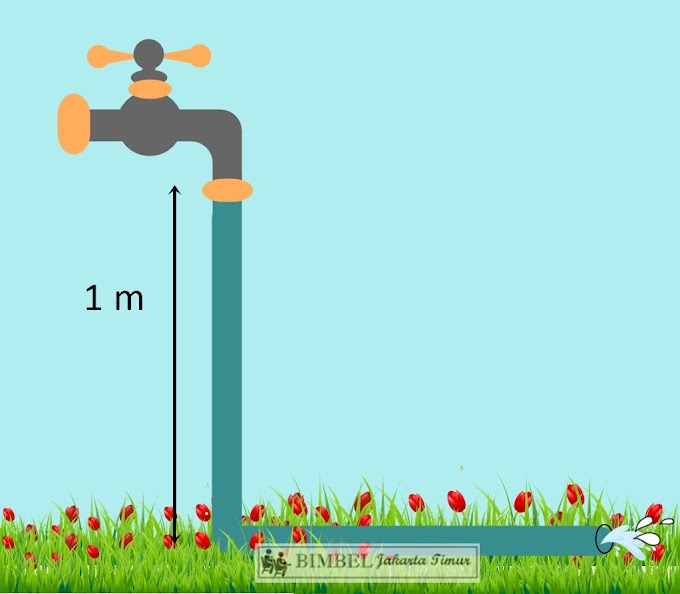Silabus umum
1. IT Governance vs IT Management
2. Lingking IT Goal To Business Goal3. Alignment with business
4. Strategic Alignment Model (SAM)
5. Business/IT alignment principles
6. Balanced Scorecard Perspective
7. Public Infrastructure
8. It Governance Structures,
9. Processes And Relational Mechanisms
10. IT Governance Contingencies
11. IT as Service Provider or as Strategic Partner
12. IT Governance and IT Management
13. Management Practises that Lead to IT-Enabled Business Value
14. Enterprise Governance and IT Governance
15. IT Governance and Corporate Governance Questions
16. IT Governance is the alignment of Information Technology with the business
17. Six-Step Process for Alignment
18. Alignment, Value Delivery, Risk Management, Performance Management
19. Category in Enterprise Risk management
20. Business Value Hierarchy
21. Five major drivers of IT governance
22. Governance convergence
23. Strategic and Operational Risk Management
24. Regulatory Compliance
25. IT Governance Frameworks
26. IT Governance—The Implementation Challenge
27. Management frameworks
28. IT Governance Guidance
29. COBIT
30. COBIT 4.1
31. Linking Business Goals To IT Goals
32. Business Requirements Mapping With IT Resources/Processes
33. Corporate and Key Asset Governance
34. The Relationship between Governance and an Organization
35. Top-Level IT Governance Models Have Three Major Components
36. IT Governance Concept Related to Five Major IT Decision Domain
37. IT Governance Archetypes Style
38. Business and IT Executive Collaboration Mark High Performers
39. IT Governance Design Framework
40. Five key IT Decision
41. Decision in IT Principle
42. Decision in IT Architecture
43. Decision in IT Infrastructure
44. Governance Objectives
45. Comparison of Governance Criteria with various Excellence Model
46. Six styles of Leadership
47. Maturity Levels of Leadership
48. Performance Reference Model
49. Balanced Scorecard
50. Building an Enterprise Governance of IT Balanced Scorecard
51. Metrics for an Enterprise Governance of IT Balanced Scorecard
52. COBIT for Evaluating Governance Performance
53. COBIT FRAMEWORK
54. Control Objectives
55. COBIT’s Working Definition
56. IT resources identified in COBIT
57. COBIT’s Management Guidelines
58. Maturity Level
59. Critical Success Factors
60. Key Goal Indicator
61. Key Performance Indicators
62. Transition Message
63. Stakeholder Value and Business Objectives
64. Governance and Management Defined
65. Areas of Change
66. New GEIT Principles
67. New Process Reference Model
68. New and Modified Processes
69. Practices and Activities
70. Goals and Metrics
71. Process Capability Models and Assessments
72. COBIT 5 Product Family
73. COBIT 5 for Information Security
74. What does it contain?
75. Drivers
76. Benefits
77. Information Security Defined
78. Using COBIT 5 Enablers
79. Information Security Principles
80. Implementing Information Security Initiatives
81. Service Management & Delivery
82. 4 Ps of Service Management
83. The Service Lifecycle
84. The Five Stages of the lifecycle
85. Service Assets
86. ITIL Roles
87. Demand Management
88. Service Design
89. Processes in Service Design
90. Service Level Management
91. Information Security Management
92. Service Catalogue Management












0 Komentar